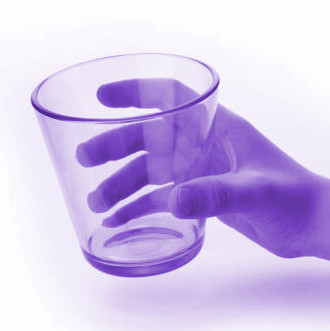Nerve surgery feels successful
 Australian surgeons have restored a high degree of arm and hand movement to patients with tetraplegia - paralysis of both upper and lower limbs.
Australian surgeons have restored a high degree of arm and hand movement to patients with tetraplegia - paralysis of both upper and lower limbs.
Thirteen young adults with tetraplegia are now able to feed themselves, hold a drink, brush their teeth, and write as a result of a novel surgical technique which connects functioning nerves with injured nerves to restore power in paralysed muscles.
The nerve transfer surgery saw Australian surgeons attach functioning nerves above the spinal injury to paralysed nerves below the injury.
Two years after surgery, and following intensive physical therapy, participants were able to reach their arm out in front of them and open their hand to pick up and manipulate objects. Restoring elbow extension improved their ability to propel their wheelchair and to transfer into bed or a car.
The findings suggest that nerve transfers can achieve similar functional improvements to traditional tendon transfers, with the benefit of smaller incisions and shorter immobilisation times after surgery.
In 10 participants, nerve transfers were uniquely combined with tendon transfers allowing different styles of reconstruction to be performed in each hand, and enabling participants to benefit from the innate strengths of both tendon and nerve transfers.
Nerve transfers restored more natural movement and finer motor control in one hand, and tendon transfers restored more power and heavy lifting ability in the other hand.
While only a small study, researchers say that nerve transfers are a major advance in the restoration of hand and arm function, and offer another safe, reliable surgical option for people living with tetraplegia.
Nevertheless, the failed transfers in three participants lead the authors to conclude that more research will be needed to determine which people are the best candidates to select for nerve transfer surgery to minimise the incidence of failure.
“For people with tetraplegia, improvement in hand function is the single most important goal. We believe that nerve transfer surgery offers an exciting new option, offering individuals with paralysis the possibility of regaining arm and hand functions to perform everyday tasks, and giving them greater independence and the ability to participate more easily in family and work life”, says Dr Natasha van Zyl from Austin Health in Melbourne, Australia who led the research.
"What’s more, we have shown that nerve transfers can be successfully combined with traditional tendon transfer techniques to maximise benefits.
“When grasp and pinch was restored using nerve transfers in one hand and tendon transfers in the other, participants consistently reporting that they liked both hands for different reasons and would not choose to have two hands reconstructed in the same way.”
Discussing the implications of the findings, Dr Ida Fox from Washington University in the USA writes; “Stem cells and neuroprostheses could change the landscape of regenerative medicine in the future”.
“For now, nerve transfers are a cost-effective way to harness the body’s innate capability to restore movement in a paralysed limb.
“As nerve transfers are adopted and their uses adapted, careful ongoing outcomes research—including comparison of nerve versus tendon transfer outcomes, which nerve transfers produce the greatest functional improvements, and optimal timings for surgery after injury—is paramount to advancing the field.
“Detailed study of the reasons for nerve transfer failure is also required, as is improving our understanding of the effects of biopsychosocial factors (including access to information and care, psychological readiness, and social support) on patient decision making and outcomes.”







 Print
Print